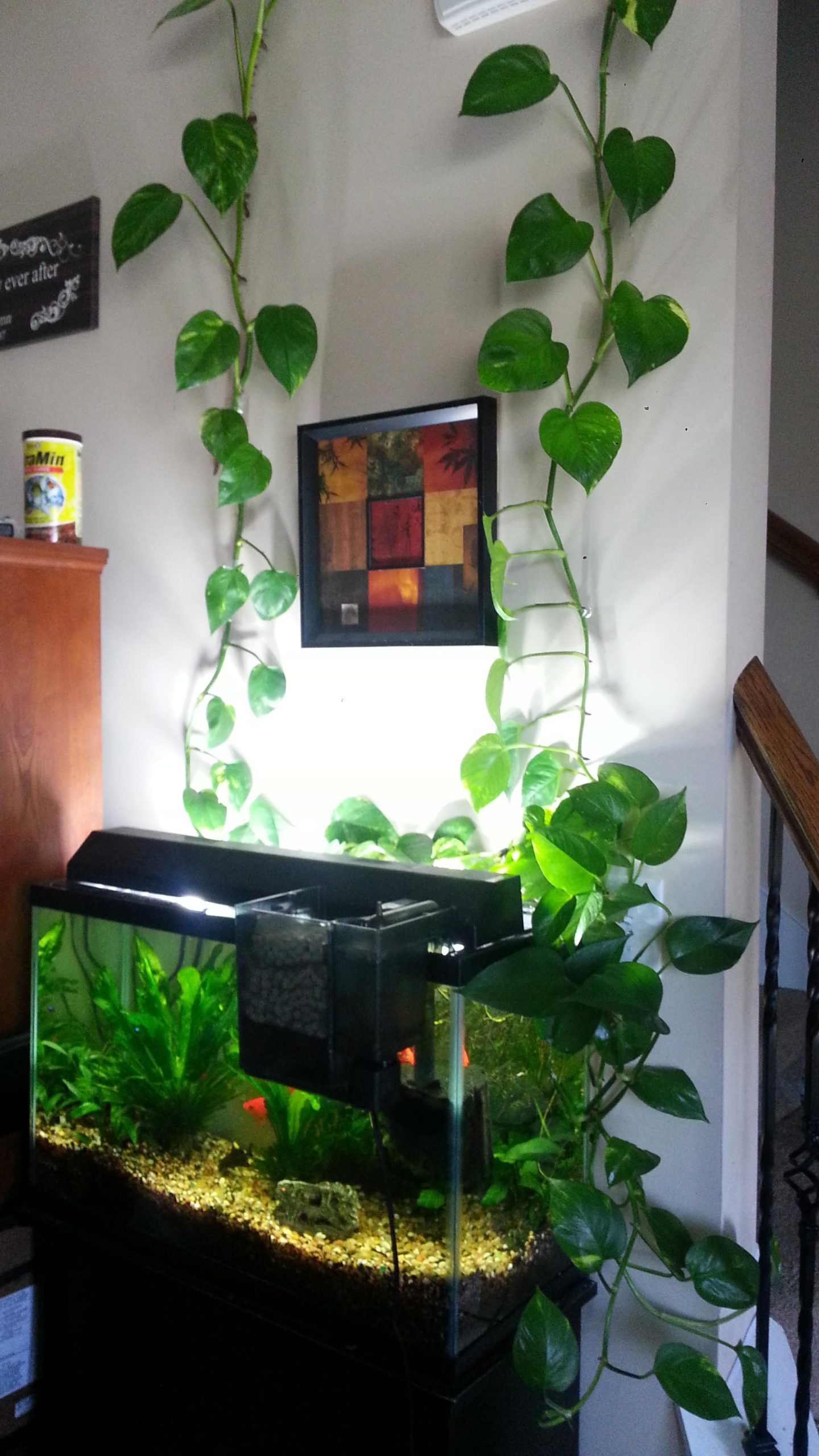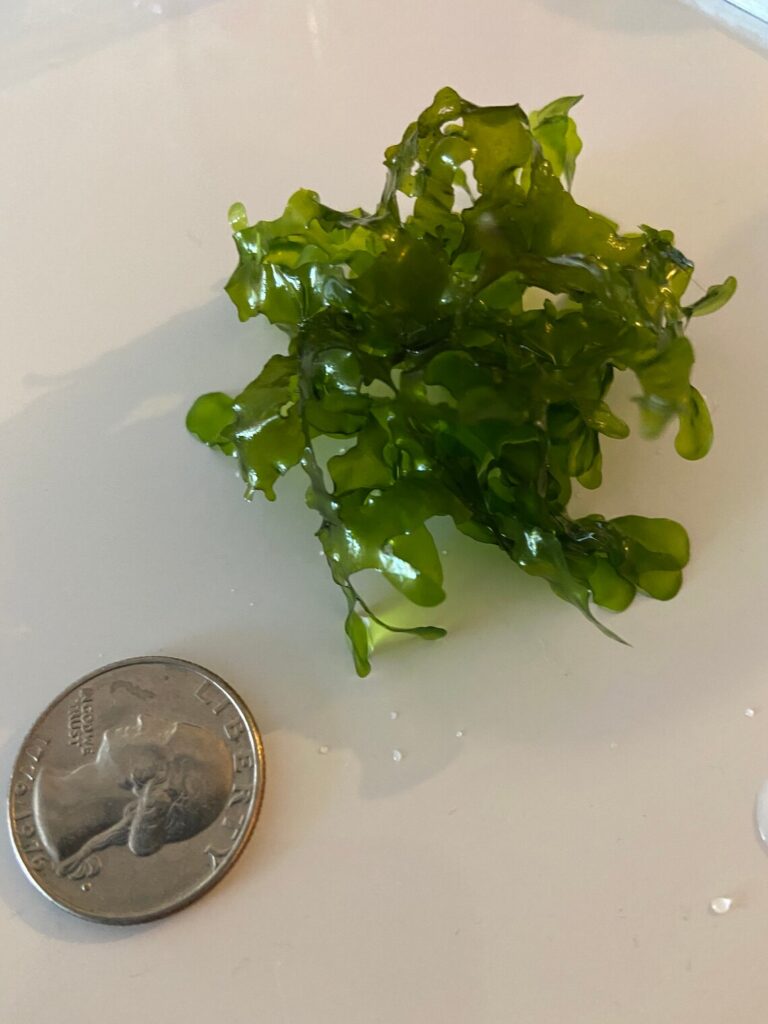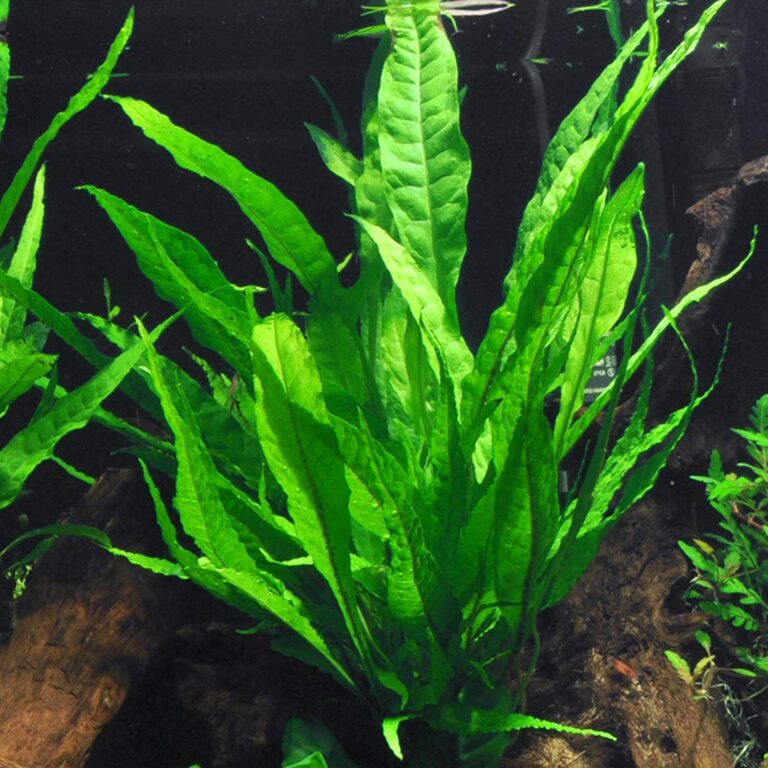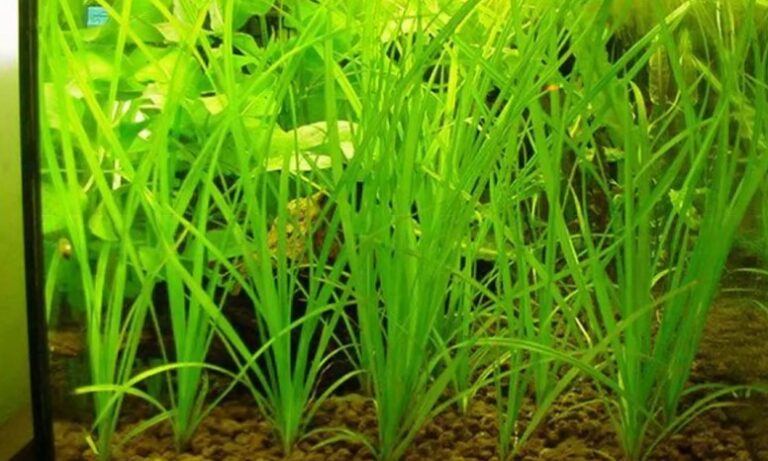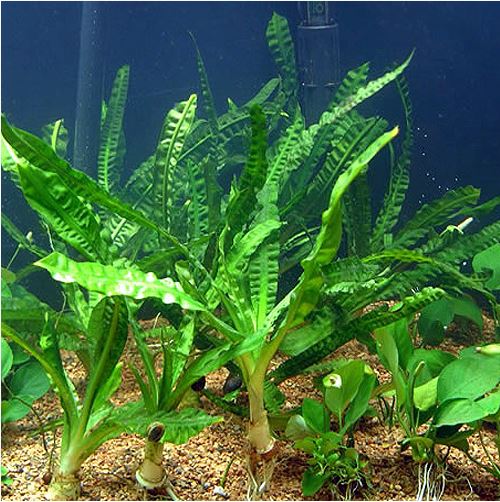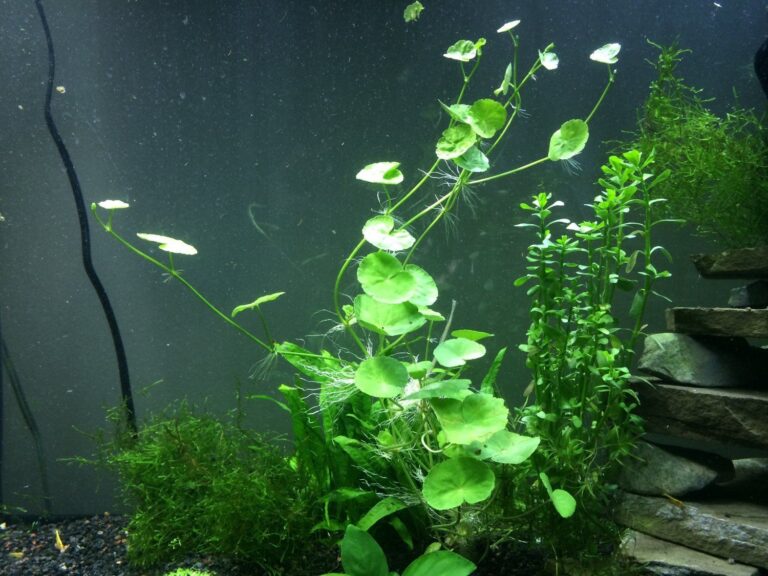Pothos In Aquarium
Pothos in Aquarium: A Green Touch to Your Underwater Oasis
Pothos in aquarium is a popular choice among aquarium enthusiasts looking to add a touch of green to their underwater oasis. Not only does it bring aesthetic appeal, but it also offers several benefits for the overall health of your aquarium ecosystem. In this article, we will explore the various aspects of incorporating pothos in your aquarium, including its benefits, how to care for it, and some common questions that arise surrounding this topic.
Benefits of Pothos in Aquarium
Adding pothos to your aquarium can have a multitude of benefits. Let’s dive into some of the key advantages:
1. Improved Water Quality: Pothos plants are renowned for their ability to absorb excess nitrates and other harmful toxins from the water. These toxins are byproducts of fish waste and uneaten food, which can lead to poor water quality and impact the health of your aquatic inhabitants. By introducing pothos, you create a natural filtration system that helps maintain healthy water conditions.
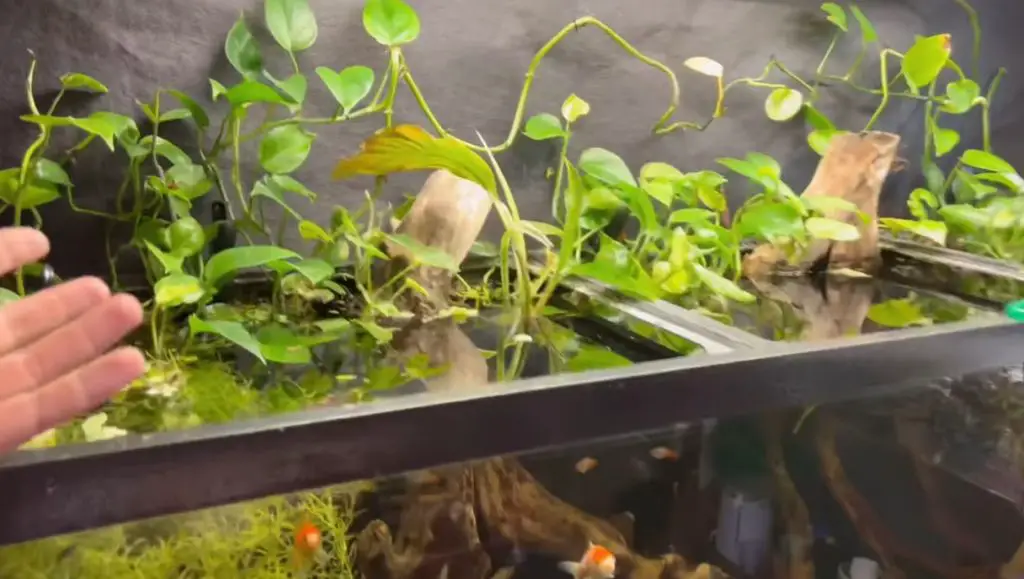
2. Oxygenation: Like all plants, pothos release oxygen during photosynthesis, thereby increasing the oxygen levels in the aquarium water. This is beneficial for the well-being of your fish and other aquatic organisms, ensuring they have an adequate supply of oxygen to thrive.
3. Algae Control: Pothos plants can help combat algae growth in your aquarium. As they compete with algae for nutrients, light, and space, they can act as a natural deterrent, preventing excessive algae blooms.
4. Aesthetics: Pothos plants add a refreshing touch of greenery to your aquarium, creating a natural and visually appealing environment. Their vibrant foliage and trailing vines provide a beautiful backdrop for your aquatic pets, enhancing the overall aesthetic appeal of your tank.
Caring for Pothos in Your Aquarium
Now that we understand the benefits, let’s delve into the necessary care requirements for successfully incorporating pothos in your aquarium.
1. Selecting the Right Pothos Plant: Choose a healthy pothos plant with lush foliage and sturdy roots. It’s essential to ensure that the plant is free from any pests or diseases that could harm your aquarium inhabitants.
2. Aquarium Placement: Pothos plants can be grown partially or fully submerged in your aquarium. However, it’s crucial to keep the leaves above the water surface to prevent rotting. You can achieve this by attaching the plant to aquarium decorations or using a floating platform. Ensure that the roots have access to water to absorb nutrients.
3. Lighting Requirements: Pothos plants thrive in bright, indirect light. While they can tolerate a range of lighting conditions, providing moderate to high-intensity light will result in lusher growth. If your aquarium lacks sufficient natural light, consider using LED grow lights or aquarium-specific plant lights to supplement.
4. Water Conditions: Maintain appropriate water parameters for your fish and other aquatic inhabitants, as pothos plants can adapt to a wide range of conditions. Keep the temperature, pH, and hardness within the recommended ranges for your specific species. Regular water changes will help maintain water quality and support healthy plant growth.
5. Fertilization and Pruning: Pothos plants are relatively low-maintenance and do not require frequent fertilization. However, you can use a liquid fertilizer specifically formulated for aquarium plants to provide essential nutrients. Prune the plant as needed to control its growth and prevent overcrowding.
Remember to monitor the growth and health of your pothos regularly, making adjustments as necessary to ensure optimal conditions for both the plant and your aquarium inhabitants.
Frequently Asked Questions
1.Is pothos safe for aquariums?
Yes, pothos is generally safe for aquariums. However, it’s important to consider a few factors. Ensure your aquarium water is free from chemical treatments like chlorine or heavy metals that could harm the plant. Pothos is also toxic to some animals, so if you have herbivorous or curious fish that might nibble on the leaves, monitor their behavior and remove the plant if necessary.
2.Can pothos grow entirely submerged in water?
While pothos can grow partially submerged, it is best to keep the leaves above the water surface to avoid rotting. The roots can be submerged to absorb nutrients, but the foliage should remain dry.
3.What are some alternatives to pothos for aquariums?
If you’re looking for alternative plants to pothos, some suitable options include Java fern, Anubias, Amazon sword, and water sprite. These plants offer similar benefits and can be a great addition to your aquarium.
Final Thoughts
Incorporating pothos plants in your aquarium can bring aesthetic appeal, improve water quality, help oxygenate the water, and control algae growth. However, it’s important to ensure you provide the necessary care and maintain suitable water conditions for both the plants and your aquatic inhabitants. By following the guidelines shared in this article, you can create a beautiful, healthy, and thriving underwater oasis that will delight both you and your fish.
So go ahead, add a touch of green with pothos in your aquarium, and watch as your underwater world flourishes with life and beauty!
